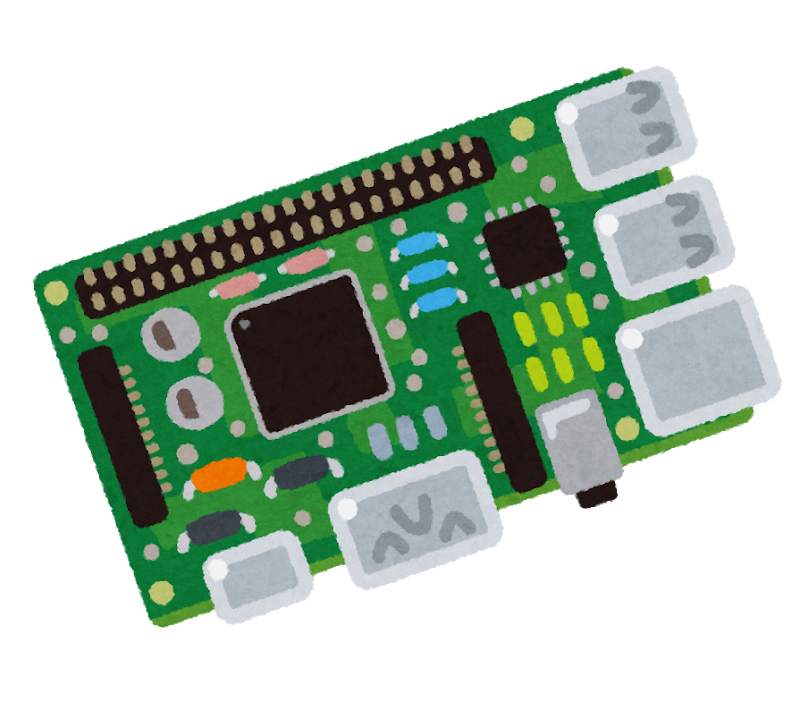It’s perfectly normal unicode. It is merely not English. English isn’t the only language, and international domain names and TLDs have existed for over two decades now.
A tiny mouse, a hacker.
- 0 Posts
- 11 Comments
Sadly, that’s not code Linus wrote. Nor one he merged. (It’s from git, copied from rsync, committed by Junio)
There’s plenty, but I do not wish to hijack this thread, so… have a look at the Forgejo 7.0 release notes, the PRs it links to along notable features (and a boatload of bugfixes, many of which aren’t in Gitea). Then compare when (and if) similar features or fixes were implemented in Gitea.
The major difference (apart from governance, and on a technical level) between Gitea and Forgejo is that Forgejo cherry picks from Gitea weekly (being a hard fork doesn’t mean all ties are severed, it means that development happens independently). Gitea does not cherry pick from Forgejo. They could, the license permits it, and it even permits sublicensing, so it’s not an obstacle for Gitea Cloud or Gitea EE, either. They just don’t.
There are no bugs. Just happy little accidental features.
It’s about 5 times longer than previous releases were maintained for, and is an experiment. If there’s a need for a longer term support branch, there will be one. It’s pointless to start maintaining an 5+ year branch with 0 users and a handful of volunteers, none of whom are paid for doing the maintenance.
So yes, in that context, 15 months is long.

 1·3 months ago
1·3 months agoA lot of people do. Especially on GitHub, where you can just browse a random repository, find a file you want to change, hit the edit button, and edit it right there in the browser (it does the forking for you behind the scenes). For people unfamiliar with git, that’s huge.
It’s also a great boon when you don’t want to clone the repo locally! For example, when I’m on a slow, metered connection, I have no desire to spend 10+ minutes (and half of my data cap) for a repo to clone, just so I can fix a typo. With the web editor, I can accomplish the same thing with very little network traffic, in about 1 minute.
While normally I prefer the comfort of my Emacs, there are situations where a workflow that happens entirely in the browser is simply more practical.
 1·3 months ago
1·3 months agoBetter NixOS integration, less resources used, similar levels of containment. The containers I planned to use don’t provide any additional safety than the system services. In many cases, I could harden the system services more. Like, if a container has a /bin/bash in it, it’s hard to remove that, while I can pretty easily prevent my systemd service from accessing it.
Like,
systemd.services.<name>.confinementis pretty darn strong. If enabled, NixOS will set up a tmpfs-based chroot with just the required runtime store paths for the service. Good luck doing something similar in a container!
 1·3 months ago
1·3 months agoI was in similar shoes (my server is running Debian, as it has been for the past two decades), and am going to rebuild it on something else. I chose NixOS, which I recently switched to on my desktop, because it lets me configure the entire system declaratively, even the containers. The major advantage of a declarative configuration is that it will never be out of date.
My main reason for switching is that I’ve been running the server for a good few years, initially maintained via ansible, but that quickly turned into a hellish bash-in-yaml soup that never quite worked right. So I just made changes directly. And then I forgot why I made a change, or had the same thing copy & pasted all over the place. Today, it’s a colossal mess. With NixOS, I can’t make such a mess, because the entire system is declared in one single place, my configuration.
Like you, I also planned to use containers for most everything, but… I eventually decided not to. There’s basically two things that I will run in a container: Wallabag (because it’s not so well integrated into NixOS at the moment), and my Mastodon instance (which runs glitch-soc, which is considerably easier to deploy via the official containers). The rest will run natively. I’ll be hardening them via systemd’s built-in stuff, which will give me comparable isolation without the overhead of containers. Running things natively helps a lot with declarative configuration too, a nice bonus.
For reference, you can find my (work in progress) server configuration here. It might feel a bit overwhelming at first, because it’s written in a literate programming style using org mode & org roam. I found this structure to work great for me, because my configuration is thoroughly documented, both the whys and hows and whats.

 1·4 months ago
1·4 months agoThe single best thing I like about Zed is how they unironically put up a video on their homepage where they take a perfectly fine function, and butcher it with irrelevant features using CoPilot, and in the process:
- Make the function’s name not match what it is actually doing.
- Hardcode three special cases for no good reason.
- Write no tests at all.
- Update the documentation, but make the short version of it misleading, suggesting it accepts all named colors, rather than just three. (The long description clarifies that, so it’s not completely bad.)
- Show how engineering the prompt to do what they want takes more time than just writing the code in the first place.
And that’s supposed to be a feature. I wonder how they’d feel if someone sent them a pull request done in a similar manner, resulting in similarly bad code.
I think I’ll remain firmly in the “if FPS is an important metric in your editor, you’re doing something wrong” camp, and will also steer clear of anything that hypes up the plagiarism parrots as something that’d be a net win.



You can switch to a japanese layout, or use a compose key. Or just copy paste. :)